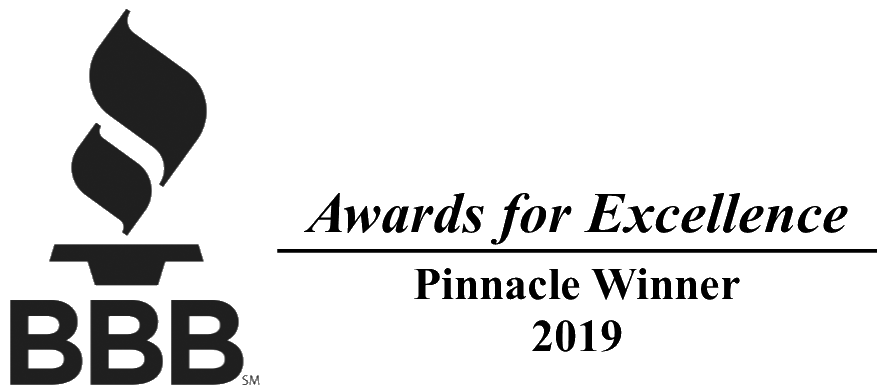What is the EPA’s Clean Air in Buildings Challenge?
Have you heard about the EPA’s Clean Air in Buildings Challenge? In March 2022, the Biden administration announced this challenge as a call to action to building owners and operators to meet recommended guidelines to improve indoor air quality (IAQ) and reduce the spread of airborne pathogens. By following the guidelines, buildings will promote health and well-being and boost worker productivity. In today’s blog we will discuss the guidelines and how Indoor Science can assist.
Step 1: IAQ Action Plan
The point of departure involves evaluating how outdoor air is brought into the building and understanding how the HVAC system operates. This phase also includes assessing indoor air quality to determine ventilation throughout the building. Once the assessment is complete, Indoor Science can develop a plan to tackle problem areas and maintenance schedules as well as educate anyone impacted by the building air quality.
Step 2: Optimizing Fresh Air Ventilation
This section highlights the importance of sufficient outdoor air coming into the HVAC system. The plan has recommendations on economizers that may be used to accomplish this goal. Many of the recommendations for this section may be present in the action plan from step 1.
Step 3: Enhancing Air Filtration and Cleaning
This section recommends a) filtration improvements (MERV 13 filters) on the central HVAC systems b) increasing ventilation in high capacity areas c) supplemental proven technologies – portable air cleaners and Ultraviolet Germicidal Irradiation (UVGI) especially where airflow and central filtration are insufficient
Step 4: Conducting Community Engagement, Communication, and Education
The last phase of the challenge is about relaying information to those who will be impacted by the air quality of the building. The challenge recommends a robust communication plan and feedback loop of the indoor air quality goals and action steps.
How Can We Help?
In step 1, the IAQ action plan, the EPA highlights the importance of strategic planning and diagnostics before incorporating solutions. This is the exact approach Indoor Science has recommended since our founding in 2004. The pandemic has seen substantial capital budgets for air cleaning technology leaving facility managers to wade through marketing collateral full of 99.9% claims. By starting with an expert IAQ assessment tailored to your building characteristics, Indoor Science can help guide investments and optimize ROI.
 877-872-4339
877-872-4339  Contact Us
Contact Us 






